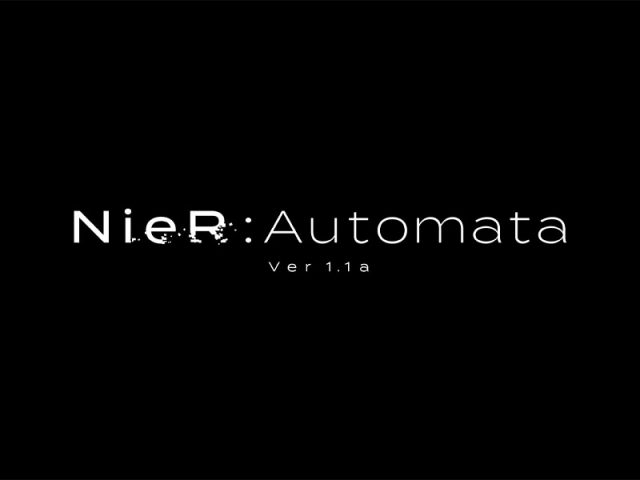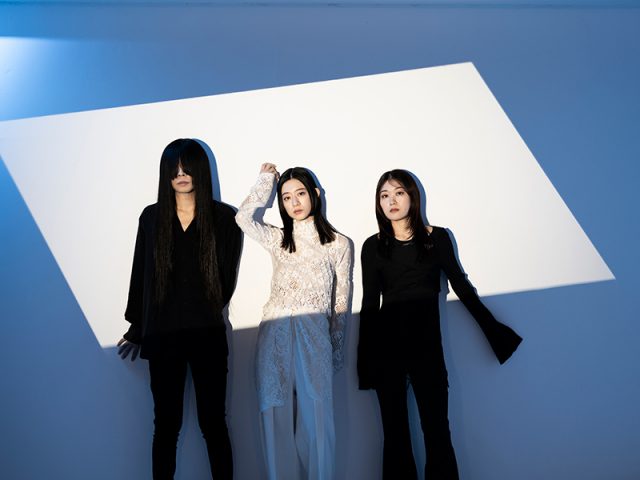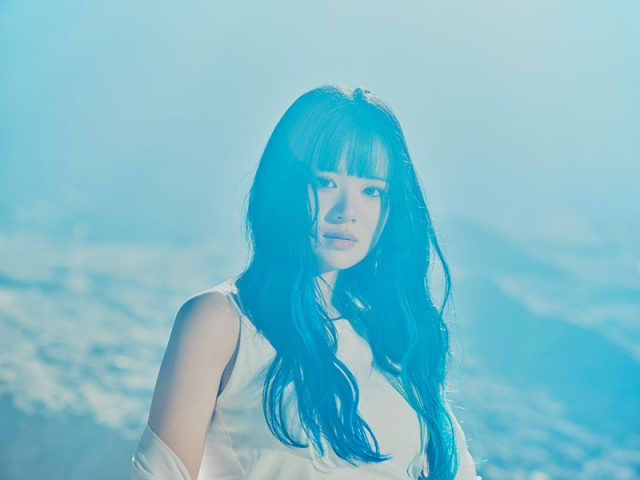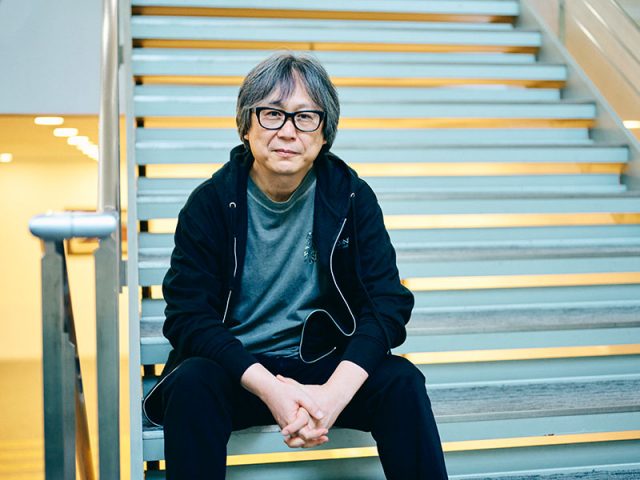“NieR:Automata Ver1.1a”: Producer Opens Up About Her Passion for the Original Work and How She Poured Her Heart and Soul Into the Anime Adaptation [Part 1 of 2]
2024.08.16


2024.08.23
The MONOGATARI Series, based on the novels by NISIOISIN, has captivated fans with its unique worldview, characters, and a blend of seriousness and comedy in its storytelling. The anime series, including the movie versions, has spanned a total of nine series so far.
“OFF & MONSTER Season,” which begins airing from Saturday, July 6, is a new series based on “OFF Season,” consisting of four works: “OROKAMONOGATARI,” “WAZAMONOGATARI,” “NADEMONOGATARI” and “MUSUBIMONOGATARI,” and the “MONSTER Season,” a group of five works: “SHINOBUMONOGATARI,” “YOIMONOGATARI,” “AMARIMONOGATARI,” “OUGIMONOGATARI” and “SHINOMONOGATARI.”
We discussed the passion behind the new series after its five-year absence and what to expect from the series with Tatsuya Ishikawa, the producer at Aniplex.
※The original Japanese article appeared on July 5, 2024.

Tatsuya Ishikawa
Aniplex
The MONOGATARI Series anime is based on a series of books written by NISIOISIN that feature supernatural tales. NISIOISIN himself once claimed it was impossible to adapt his stories into visualization. As part of the “NISIOISIN Anime Project,” “BAKEMONOGATARI [Monster Tale]” was adapted into a TV anime in 2009 by director Akiyuki Shimbou and the animation studio, SHAFT. The studio utilized an avant-garde stylistic direction to express NISIOISIN's worldview and this sparked significant discussion within the community. The series includes “BAKEMONOGATARI,” “NISEMONOGATARI [Fake Tale]” and “NEKOMONOGATARI [Cat Tale]
Click here to view the second part of this article: The MONOGATARI Series Returns After a Five-Year Hiatus – The Story of a Production Team's Passion For Taking Over the Series [Part 2 of 2]
――I understand that it has been nearly eight years since you started working on the MONOGATARI Series. You joined Aniplex because you were a fan of SHAFT, the animation studio that created the MONOGATARI Series.
Before joining Aniplex, I was just an anime fan who loved SHAFT’s animes, especially “Puella Magi Madoka Magica” (hereinafter referred to as “Madoka”). My first anime DVD purchase was “BAKEMONOGATARI,” followed by “Madoka.”
Back in 2011, Aniplex posted a job advertisement in the newspaper featuring two titles, “Madoka” and “Anohana: The Flower We Saw That Day” (hereinafter referred to as “Anohana”). I thought that if I could work for a company dealing with these two titles, it would surely lead to interesting opportunities, so I decided to jump into the industry.
――After joining Aniplex, when did you start getting involved with SHAFT productions?
For about two years after joining, I assisted with various projects under Hiroyuki Shimizu (Aniplex Managing Executive Officer), who was involved with “Anohana” among other titles. During that time, I worked as an assistant producer for the movie version of “Magical Girl Lyrical Nanoha.”
Later on, due to my experience with the movie version, I joined the production of “Madoka Magica The Movie -Rebellion-.” I worked with SHAFT and the main staff [at Aniplex] on this title, and then later I got involved with “Nisekoi: -False Love-,” “MEKAKUCITY ACTORS,” other works by SHAFT. From around 2016, I also started participating in the MONOGATARI Series, collaborating on the movie version trilogy, “KIZUMONOGATARI.”
――”KIZUMONOGATARI” was released as a trilogy from 2016 with “PART 1: TEKKETSU,” “PART 2: NEKKETSU” and “PART 3: REIKETSU.” This year, a re-edited version, combining the three parts, titled “KIZUMONOGATARI -Koyomi Vamp-” (2024) was released.
Yes, that's right. We were able to screen a re-edited consolidated version of the three parts in cinemas this January. It was directed by Tatsuya Oishi, who, after the original release of the three parts, took about six years to meticulously enhance the work himself, resulting in this very refined piece. I feel truly fortunate to have been able to work on such a long-term project.
“KIZUMONOGATARI -Koyomi Vamp-“ Official Trailer : in cinemas, January 12.
――The original author of the MONOGATARI Series is the novelist NISIOISIN. You must have a long-standing relationship with Nisio-sensei. What kind of person is he?
I have the impression that he is someone who loves entertainment. At Aniplex, we are responsible not only for the MONOGATARI Series but also for the anime adaptations of Nisio-sensei's debut work, “Zaregoto Series,” and works like “Pretty Boy Detective Club.” In each and every work, Nisio-sensei himself has been very cooperative with the adaptation to anime, working positively with the animation team.
I think it's very positive how the animation studio and the original author engage in both a mutual rivalry and a partnership at the same time when making anime adaptations of the original works. Above all, I believe Nisio-sensei sincerely wishes for fans of the novels and for fans of the visual adaptations alike to enjoy his stories.
――How does Nisio-sensei involve himself in the MONOGATARI Series?
He participates in script meetings and attends voice recording sessions, and he often visits the set at key occasions during the production of the works. I think we have many opportunities to directly converse with him.
Also, in the MONOGATARI Series, we include as a bonus on the packaged versions (Blu-ray/DVD) recorded secondary audio tracks where the characters chat while watching the footage.
These secondary audio tracks, known as character commentaries, are very popular among fans. They are quite elaborate, with lines written to match the scenes and cuts. Nisio-sensei has been writing these since the time of “BAKEMONOGATARI.”
By the way, the character commentaries are included as bonuses in various other titles, but apparently, many of them don't continue for very long. It must be challenging to capture the characters' essence and create content that fans can enjoy. In that regard, it's reassuring that Nisio-sensei himself writes them.
Since the beginning of the MONOGATARI Series and up until now, there's a feeling that we're creating the production together with the original author, Nisio-sensei, which makes it a very fulfilling series.
――You must handle many anime adaptations based on others’ original works. What do you consider important in these productions?
This applies not only to the MONOGATARI Series but to all adaptations of all original works. I think it's crucial for the original source, the author, and the animation studio to work hand in hand, shoulder to shoulder.
As I mentioned earlier, Nisio-sensei views anime adaptation very positively. For example, in “KIZUMONOGATARI,” he respected Director Oishi's individuality and the aesthetics of the visuals. In response to Nisio-sensei's stance, we are committed to making a meaningful contribution to his work.
――In that sense, the MONOGATARI Series anime also has the characteristic of recording voice actors without changing a single word from the original novel's dialogue.
Yes, that has been the style since before I took charge. When we delve deep into what makes Nisio-sensei's novels so enjoyable, we inevitably end up at the “enchanting dialogue.” To maximize this “enchanting dialogue,” it's important to “incorporate the original dialogue into the anime without changing a single word.”
The voice actors starring in the MONOGATARI Series understand this well. For example, Hiroshi Kamiya, who plays Koyomi Araragi, brings the original novel to the recording studio and compares it with the script. If there's any difference in the “teniwoha (postpositional particles)” of the script from the novel, he points it out before recording and asks, “Is it okay to match the dialogue from the novel?” He proposes this from himself. I feel it's a very professional environment.
――In 2019, the “Final Season” of the MONOGATARI Series included the anime adaptations of “OWARIMONOGATARI” and “ZOKU OWARIMONOGATARI.” Was this intended to be a definitive conclusion to the series?
The decision to fully animate the entire MONOGATARI Series was announced early on (NISIOISIN Anime Project “ZENMONOGATARI” to be animated / April 2012). When I joined the production of the MONOGATARI Series, the production of the “Final Season” was already underway, with script meetings progressing. From that point, I think there was already a clear plan to wrap up the MONOGATARI Series.
However, since then, Nisio-sensei's writing has never stopped, and the series has continued. Thus, I believe the anime series will continue to follow suit.
――The MONOGATARI Series has produced nine series so far, but the chronological order of the story differs from the broadcast order. What is the recommended viewing order?
There are various opinions on how to count the episodes of the MONOGATARI Series, but it is said that there are a total of 100 episodes starting from the first episode “Hitagi Crab, Part 1” of “BAKEMONOGATARI” and ending with the sixth episode “Koyomi Reverse, Part 6” of the “Final Season” “ZOKU OWARIMONOGATARI.” Personally, I think you can enjoy watching from any episode.
Starting in July, the broadcast of “OFF & MONSTER Season” will begin. This series chronologically follows the content from “ZOKU OWARIMONOGATARI,” but we didn't consider inserting a “previously on the MONOGATARI Series” segment at the beginning of each episode.
I believe you can enjoy the MONOGATARI Series from any point in the series, and can experience those characteristics which make the MONOGATARI Series so enchanting, whether it's the fascinating dialogues and stories by Nisio-senei, the charm of the characters, or the wonderful visuals created by SHAFT.
I hope many people can watch it without feeling intimidated, and I would be delighted if this new series could encourage viewers to explore the previous series. I think discovering the original novels or the past MONOGATARI Series anime through this new series will make it even more enjoyable.
In the second part, we will talk about the launch of the new series “OFF & MONSTER Season,” starting from Saturday, July 6, their collaboration with ABEMA and efforts to expand the anime internationally.
Text by Hidekuni Shida
Photos by Kei Masuda
Translated by Yumi Hasegawa
© NISIOISIN/KODANSHA, Aniplex, SHAFT

2024.08.16

2024.07.31

2024.03.05

2024.02.16

2023.11.15

2023.10.30
Follow the official Sony Music SNS
Get the latest news from Cocotame